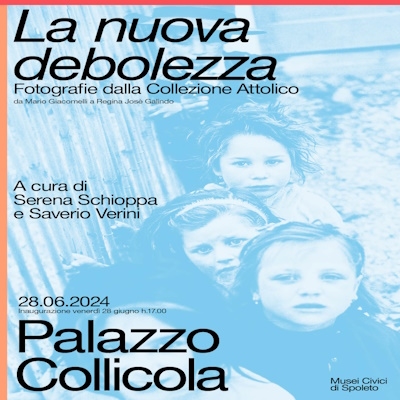HISTORY
An ancient Umbrian town densely populated in Roman times, during the Middle Ages San Giustino became an outpost of Città di Castello, with a fortress later converted and beautified by the Bufalini, a local family of wealthy landowners. The events of the Risorgimento further strengthened San Giustino's bonds with Città di Castello, both being occupied by Manfredo Fanti's troops in 1860 and together annexed to the Kingdom of Italy.
ART, CULTURE, ENVIRONMENT
Bufalini Castle, in the center of San Giustino, is one of the most significant examples of the Umbrian-Tuscan culture, and is now state-owned. Surrounded by a marvelous Italian-style garden with a labyrinth, inside it has several frescoes attributed to Cristoforo Ghepardi along with painting masterpieces such as the Madonna and Child with Saints by Signorelli, a Madonna by Andrea del Sarto, and other works by Guido Reni.
Just 2 kilometers outside San Giustino is the former Republic of Cospaia, a small strip of land just 700 meters wide and 4 kilometers long. Created due to an error in establishing the borders between the Papal States and the Grand Duchy of Tuscany, it remained an independent "no man's land" from 1440 to 1826.
The first tobacco to be planted in Italy was done within its territory in 1575, using seeds brought from Spain by the Abbot Nicolò Tornabuoni.
In the surrounding area of San Giustino, numerous vestiges of ancient Roman villas have been found: Pliny the Younger himself is supposed to have resided for a long time on the hill that still bears his name, Colle Plinio. Standing on this hill is Villa Cappelletti, a 17th-century neoclassical building encircled by a spacious garden. Also nearby is Villa Margherini Graziani di Celalba, a splendid late-Renaissance edifice created in 1616 by converting an old castle.
In 2004 the Tobacco History and Science Museum was opened in San Giustino, the first in Umbria and one of only a handful in Italy, conceived with the goal of preserving and exploiting the historical and cultural heritage connected with the cultivation of this plant, which had an enormous impact on the economic and social development of the Upper Tiber Valley.































